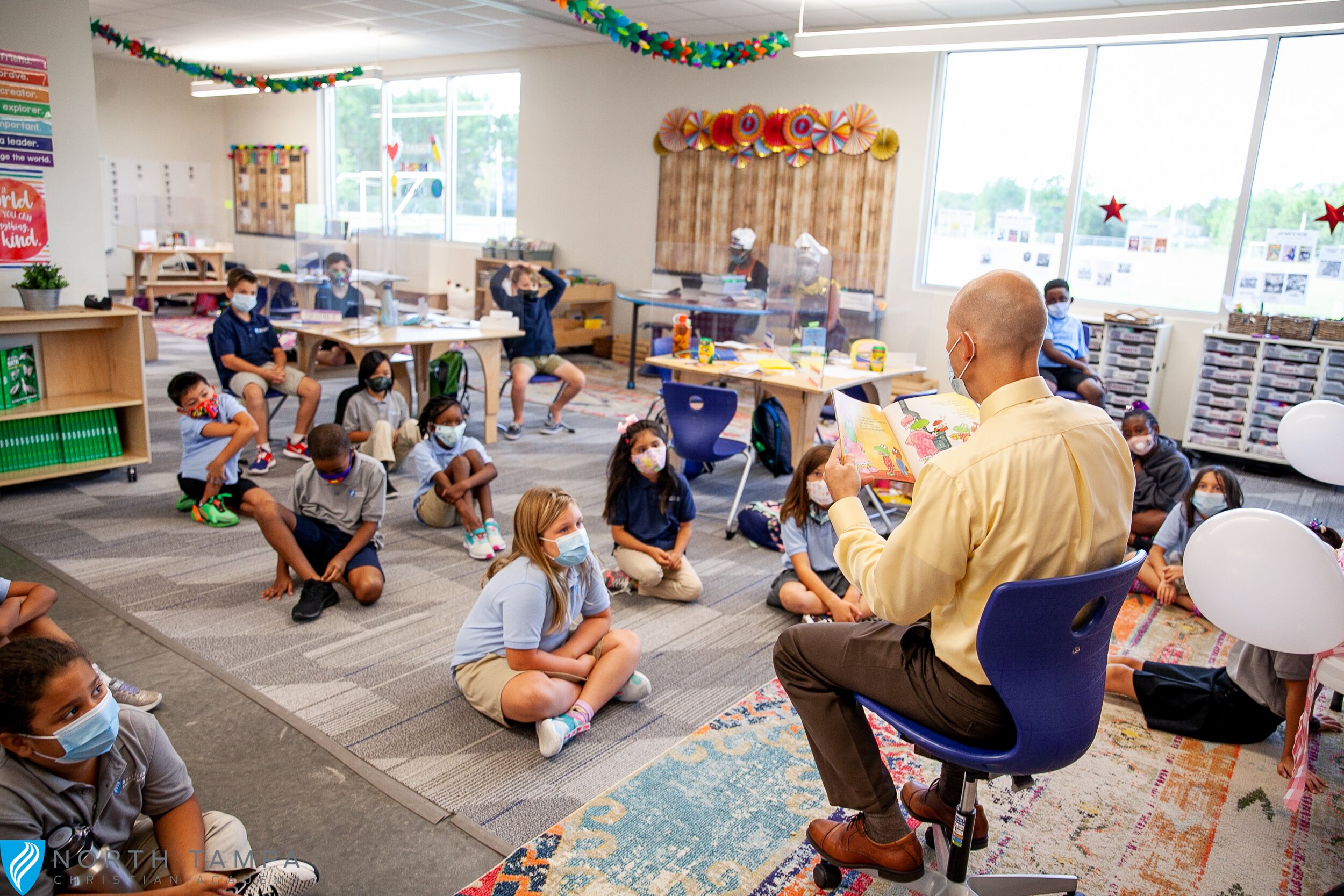At some point in your child’s education, they will be participating in group projects. This special type of assignment is meant to inspire collaboration and camaraderie among students. However, it doesn’t always work out that way. In many group projects, someone gets sick, someone procrastinates, and someone — often one or two people — ends up doing all the work. If your child needs help getting motivated to work on group projects or needs help getting their classmates involved, here are some tips to set them up for success.
Understand the Assignment
Make sure the instructions for the group assignment are clear. Take time with your child to review the guidelines set by the teacher to ensure that everyone in the group knows what needs to be done. Encourage your child to review the instructions in depth with their classmates so no one feels left out or in the dark. This is a great way to ensure that each student will be held accountable for their role.
Create a Schedule Together
Most students start out with good intentions when assigned a group project. They plan to do their part to make the project successful. However, some students have a tendency to procrastinate and, in some cases, forget what needs to be done. Others get frustrated by this behavior and decide to do everything themselves. Helping your child build out a schedule that includes all the tasks at hand will make delegating those tasks easier.
Encourage Communication
High-achieving students often feel like they need to do everything themselves to get it done right. Therefore, even if they’re great when working individually, they can struggle with group projects. If your child does everything on their own, encourage them to use that energy to delegate tasks. If your child is more of a procrastinator, have them ask the group leader about their deadlines if they’re unclear. The more the group communicates, the more engaged each child will be in the experience.
Prepare for the Worst
You could also call this preparing for all outcomes. No matter how much planning happens in the initial phase, there’s always a chance of plans falling through. One child could get sick during the project and not be able to complete their part. Everyone could get swamped with other obligations, and deadlines may have to move. Children often get discouraged when things change in the middle of a project. Encourage your child to be flexible and plan ahead. By making contingency plans and collaborating, your child and their classmates can complete just about any project successfully and on time.
Collaboration is the name of the game for students at North Tampa Christian Academy. At our Tampa private school, students thrive creatively, academically and spiritually in a project-based learning environment. Faculty and families work together to inspire leadership through Christian innovation. Contact us today to learn more.





